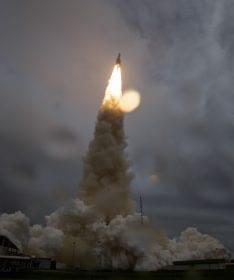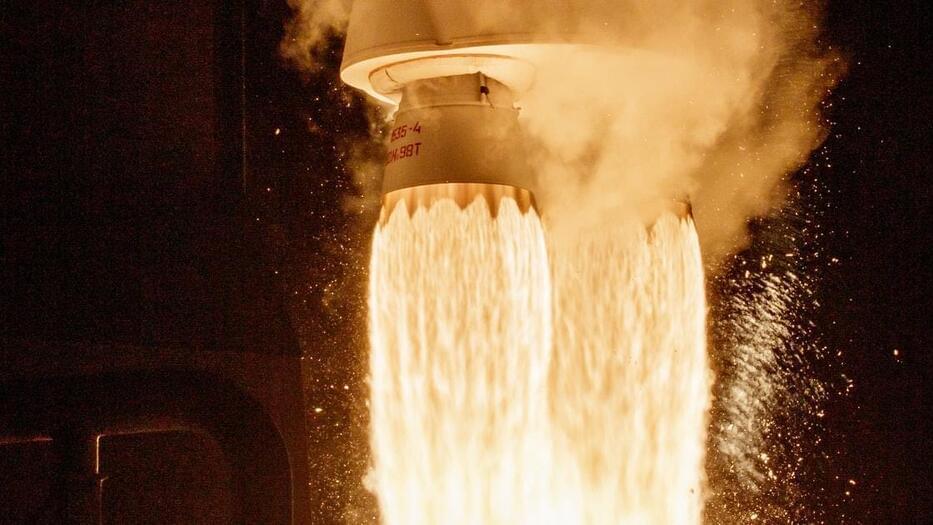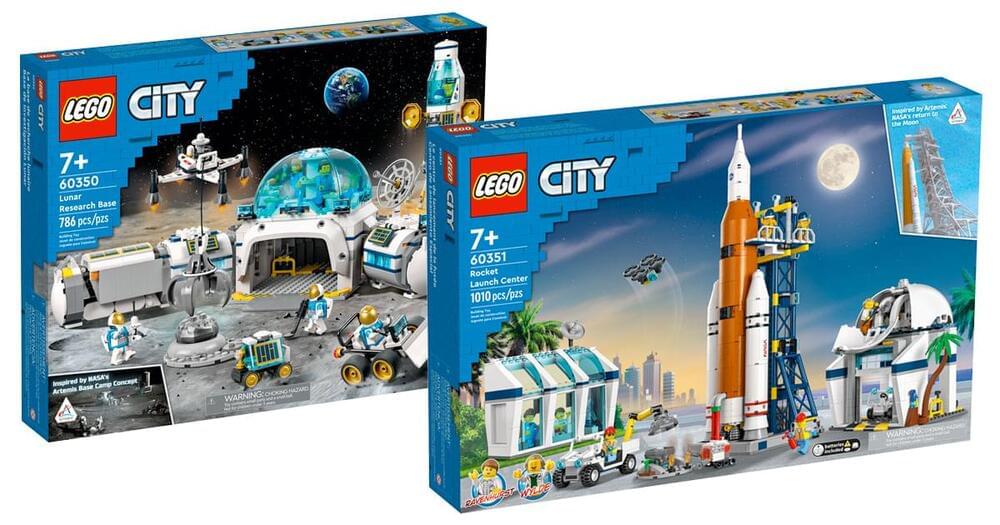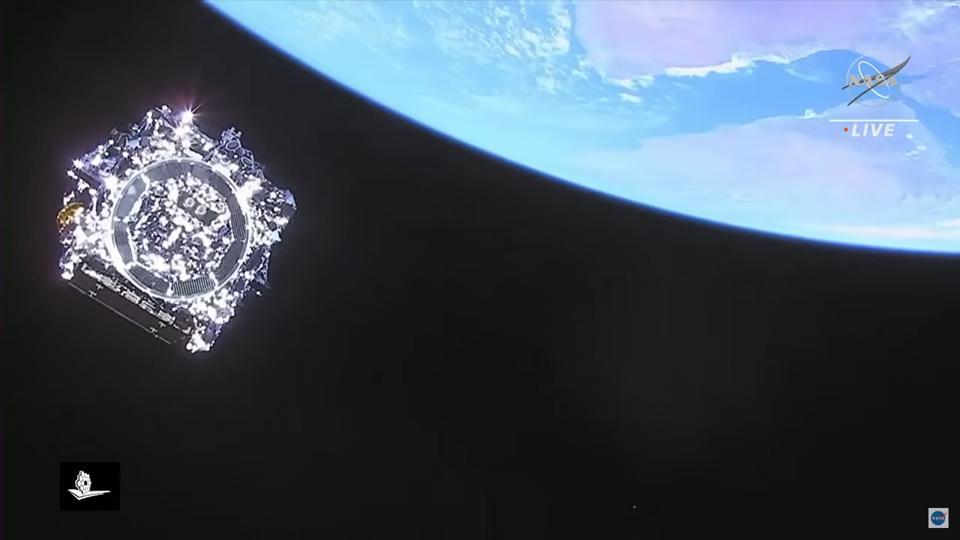The company tells its annual developers’ conference, Baidu Create, that an expanding pool of talent is contributing to China’s AI development, with innovations in transportation, health care and space exploration.


I do not own this video. It is owned by ABC Australia. Interstellar voyage to find the second Earth — space documentary.
Support me: http://www.paypal.me/sovereignspace.
A documentary showcasing interstellar travel to visit an Earth-like planet, a bona fide Earth 2.0 to see if there is life on it. Follow this amazing adventure in state of the art CGI and with the world’s leading scientists.

After a successful launch of NASA’s James Webb Space Telescope Dec. 25, and completion of two mid-course correction maneuvers, the Webb team has analyzed its initial trajectory and determined the observatory should have enough propellant to allow support of science operations in orbit for significantly more than a 10-year science lifetime. (The minimum baseline for the mission is five years.)
The analysis shows that less propellant than originally planned for is needed to correct Webb’s trajectory toward its final orbit around the second Lagrange point known as L2, a point of gravitational balance on the far side of Earth away from the Sun. Consequently, Webb will have much more than the baseline estimate of propellant – though many factors could ultimately affect Webb’s duration of operation.
Webb has rocket propellant onboard not only for midcourse correction and insertion into orbit around L2, but also for necessary functions during the life of the mission, including “station keeping” maneuvers – small thruster burns to adjust Webb’s orbit — as well as what’s known as momentum management, which maintains Webb’s orientation in space.

Dec 29 (Reuters) — Billionaire Elon Musk’s SpaceX has raised $337.4 million in equity financing, the rocket company disclosed in a regulatory filing on Wednesday.
SpaceX, which counts Alphabet Inc (GOOGL.O) and Fidelity Investments among its investors, hit $100 billion in valuation following a secondary share sale in October, according to CNBC. It had raised about $1.16 billion in equity financing in April.
SpaceX did not immediately respond to Reuters request for more details on the latest funding round.


The toy company recently revealed the first two of its NASA-inspired LEGO City Space sets with hints of more to come. The new Rocket Launch Center and Lunar Research Base are scheduled for release on March 1, 2022.
After several delays, NASA is now looking to launch its Artemis I moon mission in March or April.
“LEGO City Space toy playsets come with feature-rich models inspired by real NASA machines, vehicles and spacecraft, plus inspiring astronaut characters for imaginative, open-ended play based on real-life space missions,” LEGO wrote on its website.
SN20 continues to prep for a landmark orbital test flight.
The Starship SN20 vehicle performed a “static fire” test today (Dec. 29) at the company’s South Texas site, briefly igniting its Raptor engines while remaining anchored to the ground.
Claim your SPECIAL OFFER for MagellanTV here: https://try.magellantv.com/launchpadastronomy. Start your free trial TODAY so you can watch ‘Planet Hunting with the James Webb Space Telescope’ and the rest of MagellanTV’s science collection: https://www.magellantv.com/video/planet-hunting-with-the-jam…-telescope.
The James Webb Space Telescope launched, but now its deployments must work. Even though the launch was successful, the hardest part is yet to come. We’ll take a look at each of the deployment steps and understand why Webb has to be so complex to accomplish its mission.
00:00 Launch of JWST
02:19 Second Mid-Course Correction burn.
04:09 Magellan TV
04:50 Webb’s Requirements.
08:28 Unitized Pallet Structure Deployment.
09:11 Deployable Tower Assembly.
09:53 Aft Momentum Trim Tab.
10:34 The Sunshield.
12:52 Sunshield Deployment.
14:40 Secondary Mirror Support Structure.
15:37 Aft Deployed Instrument Radiator.
16:17 Primary Mirror Wings and Alignment.
17:27 L2 Orbit Insertion and Commissioning.
18:07 Contingency Operations.
🖖 Share this video with a fellow space traveler: https://youtu.be/QeiQEG450gc.
🔴 Watch my most recent upload: https://goo.gl/QbRcE2
🚀 Help me improve the channel by joining the community on Patreon.

The Egyptian Space Agency (EgSA) has signed a Memorandum of Understanding with the Ukrainian Space Agency. The parties signed the MoU for cooperation in space and the peaceful use of outer space for various purposes. The primary goal is to activate mechanisms for cooperation in space activities, research and exploration for peaceful purposes. The MoU also encourages exchanging knowledge and experience between the two countries and leveraging available human resources and techniques.
The Egyptian Space Agency and the Ukrainian Space Agency signed the MoU through Dr Mohammed Al-Qussi, the Egyptian Space Agency CEO and Mr Volodymyr Tavatai, Head of the Ukrainian State Space Agency. Furthermore, the signature was in the presence of Dr Rania Al-Mashat, Minister of International Cooperation, and His Excellency Yulia Sveredenko, First Deputy Prime Minister of Ukraine and Minister of Economic Development and Trade of Ukraine. The signature also came during the eighth session of the Egyptian-Ukrainian Government Committee.
Another aim the MoU intends to realise is enhancing and facilitating the exchange of visits and bilateral meetings and workshops in various research activities. It also seeks to promote the provision of training and raise the efficiency of Egyptian specialists. The MoU will also help EgSA build capacity in space project management, develop advanced manufacturing techniques for space applications, and other priority hubs for both sides.

Did you watch the James Webb Space Telescope launch? If you did–and you stayed with the broadcast beyond the successful launch–you will have seen some dramatic images of it separating from the Ariane 5 launch vehicle and beginning its one million miles journey.
That key moment occurred when Webb was 75 miles/120 kilometers above the Earth, with Webb almost immediately unfolding its solar array to give it power. The mission was live!
The first of three mid-course correction burns was made 12 hours and 30 minutes after launch, firing Webb’s thrusters to manoeuvre the spacecraft on a trajectory toward its destination.
A joint effort between NASA, ESA (European Space Agency) and the CSA (Canadian Space Agency), Webb is the most advanced space telescope yet and is expected to begin a new era in cosmology.
Webb will now begin a month-long journey to orbit the second Lagrange point (L2), a point in space where it can follow Earth in orbit of the Sun, but in the direction away from the Sun.
Full Story: